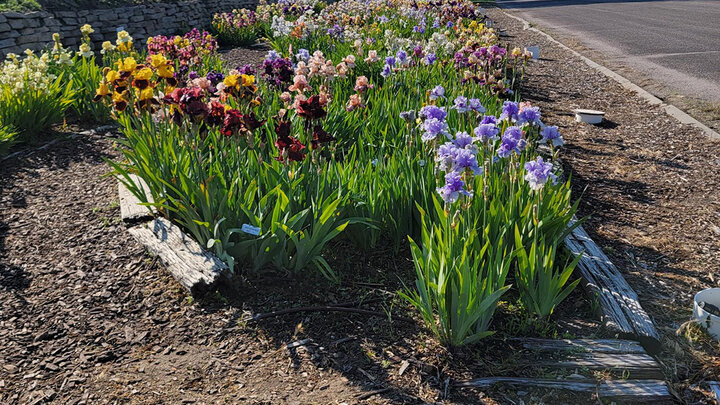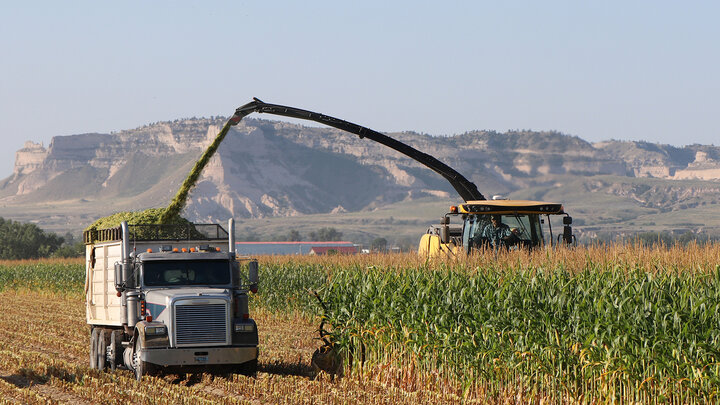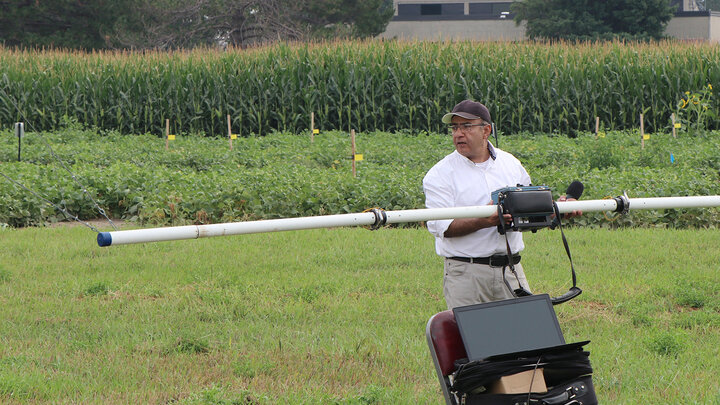Mulch is one of the simplest and effective ways to protect plants in the landscape or garden. I’m here to share some benefits of using mulch.
Mulch insulates plants and plant roots during extreme temperature fluctuations while reducing water loss through evaporation. Soil temperature and moisture levels can be regulated throughout the growing season. Be sure to apply mulch to exposed roots, tree trunks, and landscape plants that can be damaged by lawn mowers or trimmers. In those exposed spots, prone to disease, mulch can potentially reduce the transfer of pathogens and rot. Mulch can also reduce erosion, especially on steep slopes, while controlling weeds.
Mulch sounds like a good thing. But can there be too much of a good thing? The best answer is, it depends. Mulch depth truly depends on the type of soil, plants, and the mulch itself. The general recommendation is to apply mulch in an even layer two to four inches thick around woody plants and 1 to 2 inches thick around annual and perennial flowers, as well as vegetables. Layers that are too thin may need to be replenished more often, while thicker layers may reduce the amount of oxygen that reaches the soil, causing plants to root in the mulch rather than in the ground.
Mulch comes in bagged or bulk options. Here are some pros for each type to help make your decision. Mulch of a single type of wood, such as pine, cedar, or cypress, in bags is easy to handle, and the mulch may be free of weeds, but it is often more expensive. Bulk mulch consists of mixed species (types of wood), is loose, and may require more specialized tools and means of transport to its destination. A pro to bulk mulch is that it may be free in many cities, available through the parks department.
Now let’s look at organic and inorganic mulch. The first is derived from plants and includes wood chips, shredded or chunked bark, pine needles, grass clippings, leaves, straw, and sawdust. Local suppliers may have unique organic mulches that are byproducts, such as soybean hulls, corncobs, shredded alfalfa, or a newer option, sheep wool. Yes, sheep wool! These options are natural, renewable resources that can be effective and sustainable. Organic mulches break down over time, add organic matter to the soil, and improve soil structure. In some soil types, organic mulch can even improve water drainage or retention. Inorganic mulches are materials that are produced from non-living sources and include both mineral and synthetic products, which rarely break down. Rock is the primary inorganic mulch used. It comes in a variety of sizes, shapes, and colors, including round river rock, lava rock, quartz, granite, gravel, or shale chips and fines. You will likely spot rubber mulch as it is becoming popular and widely available in shredded or chunked form. Other options include landscape fabric or plastics. Inorganic mulches can be more stable in the elements, but can be more difficult to be removed. A major consideration when selecting and using this type of mulch is its tendency to release reflective heat and increase soil temperature.




